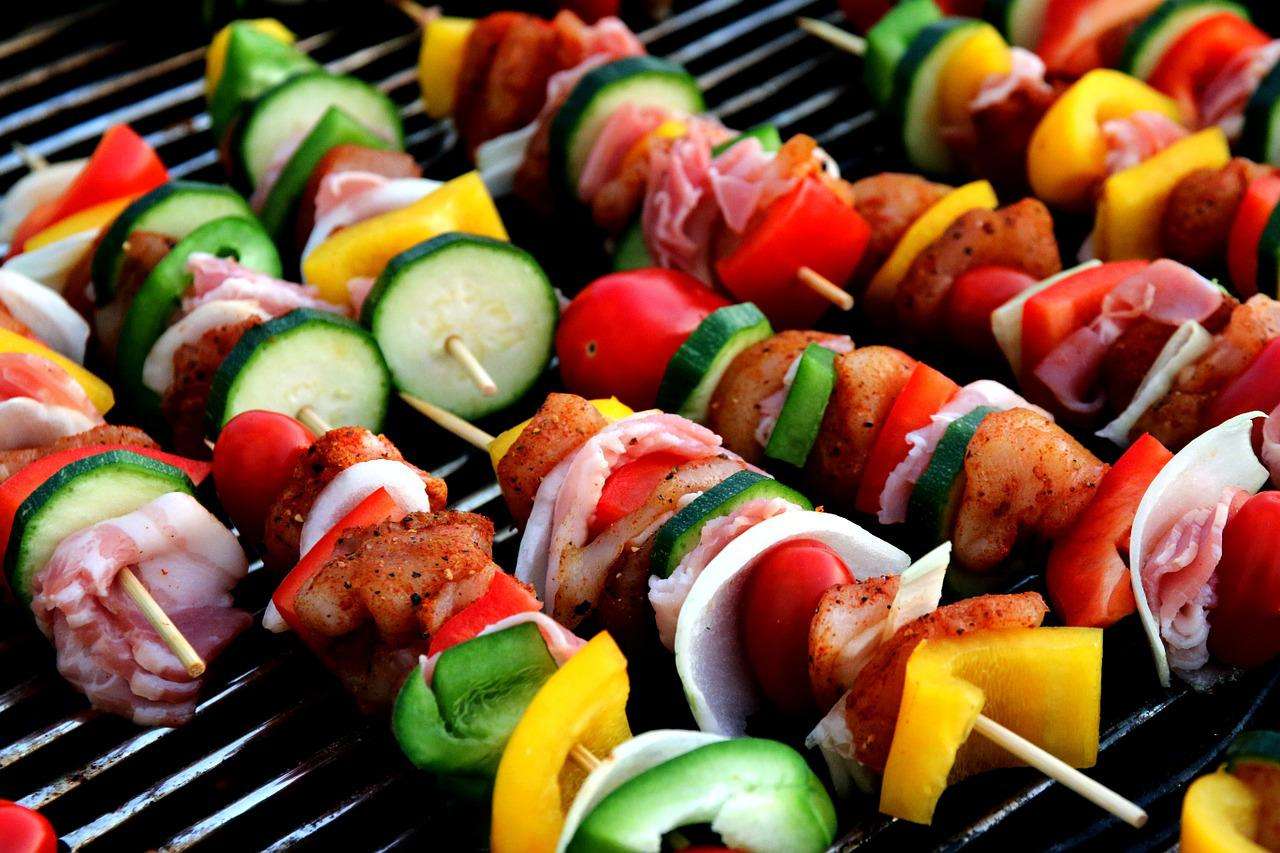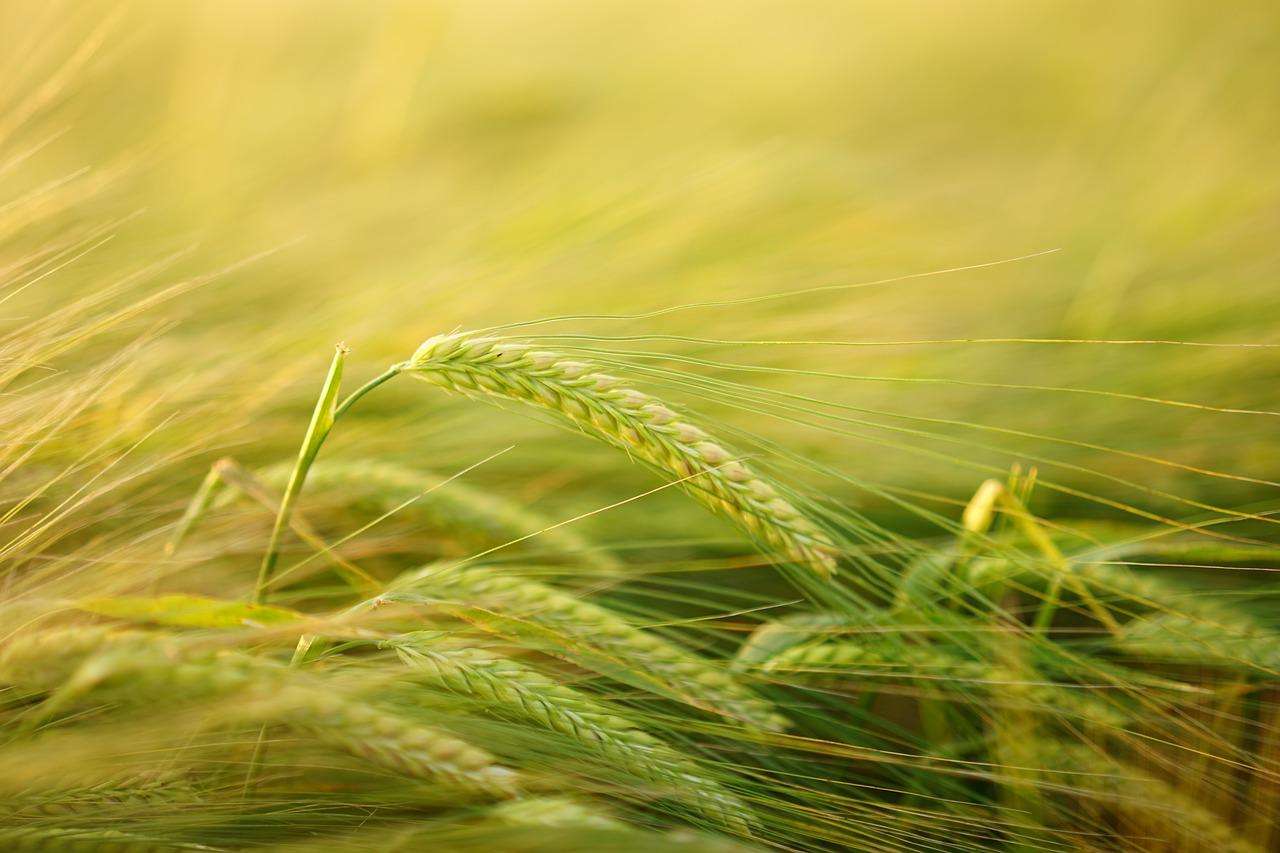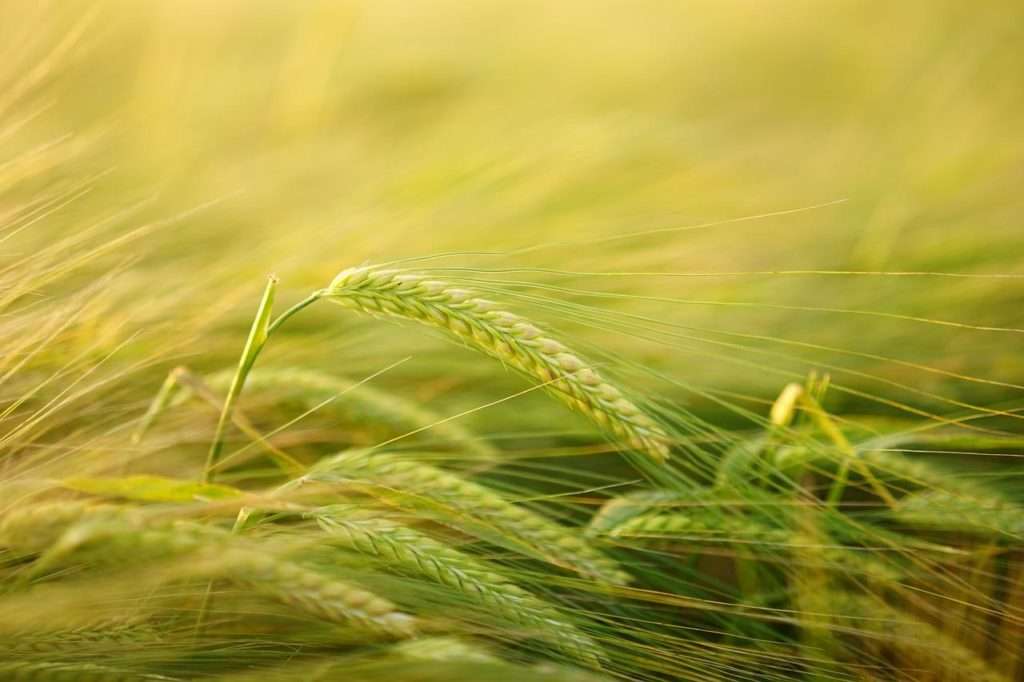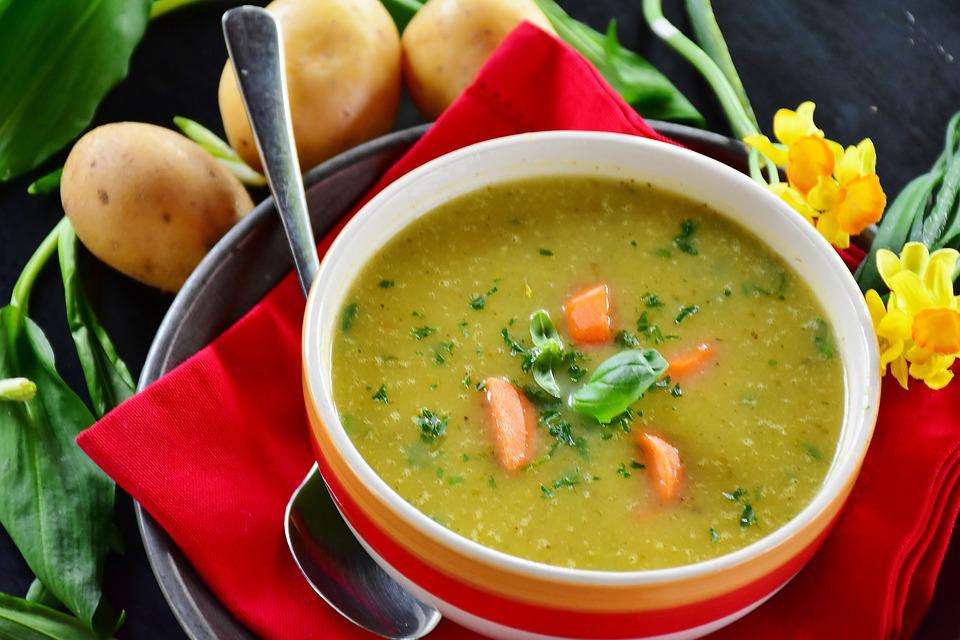Rice needs to be thoroughly washed. A good way to do this is to put it into a colander, in a deep pan of water. Rub the rice well with the hands, lifting the colander in and out the water, and changing the water until it is clear; then drain. In this way the grit is deposited in the water, and the rice left thoroughly clean.
The best method of cooking rice is by steaming it. If boiled in much water, it loses a portion of its already small percentage of nitrogenous elements. It requires much less time for cooking than any of the other grains. Like all the dried grains and seeds, rice swells in cooking to several times its original bulk. When cooked, each grain of rice should be separate and distinct, yet perfectly tender.
Steamed Rice:
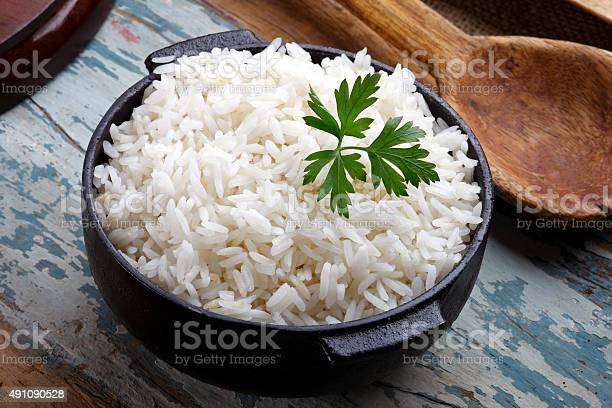
Soak a cup of rice in one and a fourth cups of water for an hour, then add a cup of milk, turn into a dish suitable for serving it from at table, and place in a steam-cooker or a covered steamer over a kettle of boiling water, and steam for an hour. It should be stirred with a fork occasionally, for the first ten or fifteen minutes.
Boiled Rice (Japanese Method):
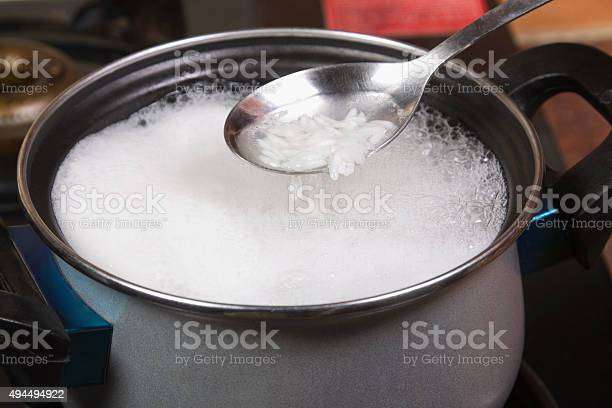
Thoroughly cleanse the rice by washing in several waters, and soak it overnight. In the morning, drain it, and put to cook in an equal quantity of boiling water, that is, a pint of water for a pint of rice. For cooking, a stewpan with tightly fitting cover should be used. Heat the water to boiling, then add the rice, and after stirring, put on the cover, which is not again to be removed during the boiling. At first, as the water boils, steam will puff out freely from under the cover, but when the water has nearly evaporated, which will be in eight to ten minutes, according to the age and quality of the rice, only a faint suggestion of steam will be observed, and the stewpan must then be removed from over the fire to some place on the range, where it will not burn, to swell and dry for fifteen or twenty minutes.
Rice to be boiled in the ordinary manner requires two quarts of boiling water to one cupful of rice. It should be boiled rapidly until tender, then drained at once, and set in a moderate oven to become dry. Picking and lifting lightly occasionally with a fork will make it more flaky and dry. Care must be taken, however, not to mash the rice grains.
Rice with Fig Sauce:
Steam a cupful of best rice as directed above, and when done, serve with a fig sauce. Dish a spoonful of the fig sauce with each saucer of rice, and serve with plenty of cream. Rice served in this way requires no sugar for dressing, and is a most wholesome breakfast dish.
Orange Rice:
Wash and steam the rice. Prepare some oranges by separating into sections and cutting each section in halves, removing the seeds and all the white portion. Sprinkle the oranges lightly with sugar, and let them stand while the rice is cooking. Serve a portion of the orange on each saucerful of rice.
Rice with Raisins:
Carefully wash a cupful of rice, soak it, and cook as directed for Steamed Rice. After the rice has began to swell, but before it has softened, stir into it lightly, using a fork for the purpose, a cupful of raisins. Serve with cream.
Rice with Peaches:
Steam the rice and when done, serve with cream and a nicely ripened peach pared and sliced on each individual dish.
Browned Rice:
Spread a cupful of rice on a shallow baking tin, and put into a moderately hot oven to brown. It will need to be stirred frequently to prevent burning and to secure a uniformity of color. Each rice kernel, when sufficiently browned, should be of a yellowish brown, about the color of ripened wheat. Steam the same as directed for ordinary rice, using only two cups of water for each cup of browned rice, and omitting the preliminary soaking. When properly cooked, each kernel will be separated, dry, and mealy. Rice prepared in this manner is undoubtedly more digestible than when cooked without browning.
